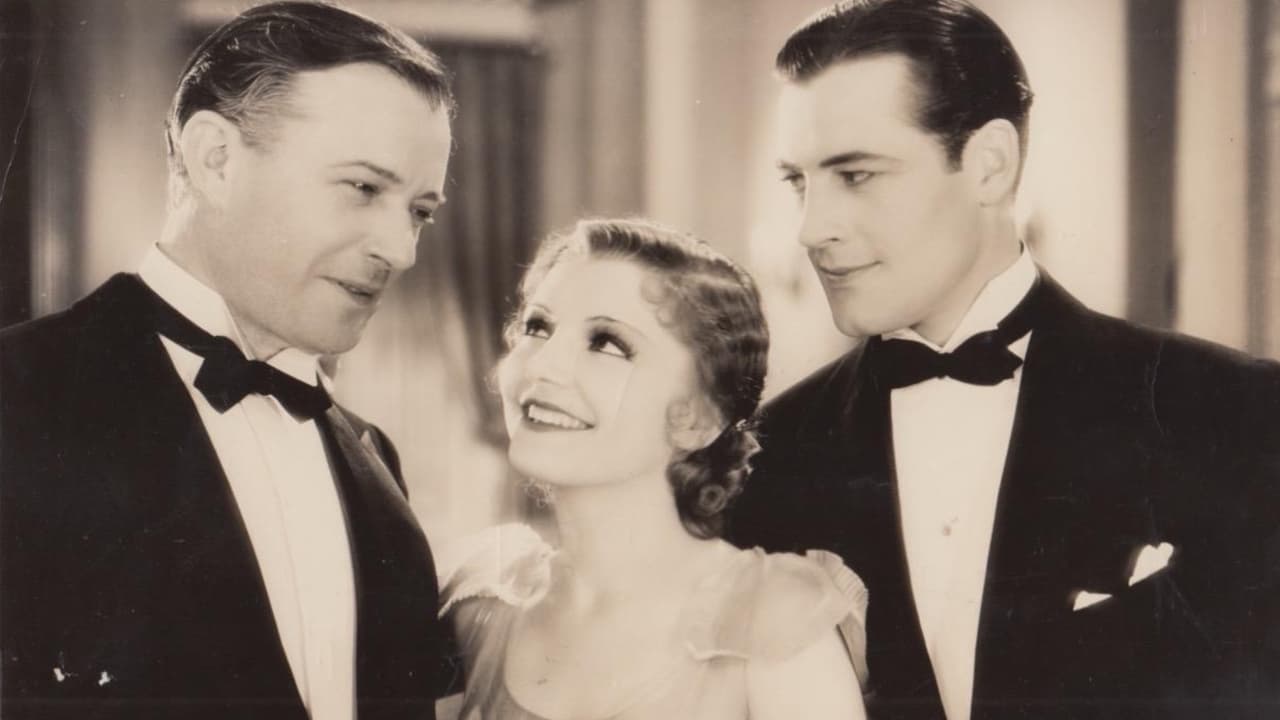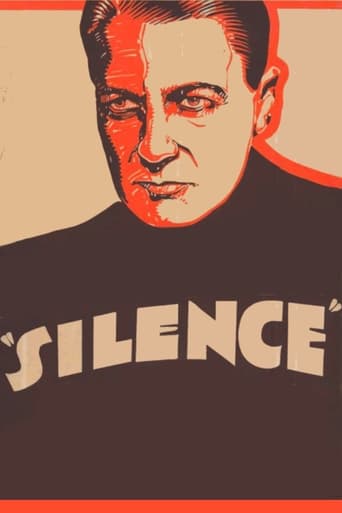

Why so much hype?
... View MoreBoring
... View MoreThis is one of the few movies I've ever seen where the whole audience broke into spontaneous, loud applause a third of the way in.
... View MoreAll of these films share one commonality, that being a kind of emotional center that humanizes a cast of monsters.
... View MoreThe film starts with a middle aged man, Jim Warren (Clive Brook) awaiting execution as a prison band rehearses a lively number while the hammering of the gallows is heard in the background. Talk about the strange contrast. The prison warden and priest are telling Warren that they never believed he committed the murder and they are urging him to say what really happened. He refuses. At first. But then the warden leaves and the priest convinces him to tell him his story as a confession to a priest cannot be betrayed. So Warren tells his story, starting way back in 1909, twenty years before.Apparently Jim was just getting out of jail for some thievery, but the police still don't have the loot. They think his girlfriend, Norma (Peggy Shannon), may have the goods, and when they find it in her apartment they put her in jail. Jim finds out and says he'll do anything to get her out of trouble. The woman who helped Jim get out of prison in the first place, Mollie (Marjorie Rambeau), says she can fix it but Jim must marry her. Apparently she has always carried a torch and doesn't care if the feeling isn't mutual.The wedding day is bittersweet, because part of it is just hilarious. Clive Brook uses his naturally rather sullen looks to good effect here as there is a huge clamor of a pre-wedding celebration going on in Mollie's saloon. Mollie tries to get Jim into the spirit of things showing him how she's redecorated the bedroom for him, but there hang the portraits of his two predecessors, Mollie's first two husbands, both of whom died in the same bed which will be his bed by the end of the day.Meanwhile, Phil Powers is getting Norma out of jail. As Norma can speak of nothing but being reunited with Jim, and Phil knows of the bargain that has been struck, Phil thinks he can sneak Norma into Mollie's boarding house, help her collect her things, and get Norma out before she finds out what is going on. But that's not how it works out. When Norma learns Jim is marrying Mollie - remember she does not know why - she faints and is carried upstairs. Jim says he cannot go through with it to Mollie, who threatens him with the law. Jim doesn't care and goes upstairs to marry Norma, but it is too late. The alderman has just married Phil and a half conscious Norma (is this legal??) to one another.Two decades pass and the child Norma was carrying at the time of their marriage - of which Phil had full knowledge - is born and grows into the spitting image of Norma. Phil and Norma also name her Norma??? Phil becomes very prosperous, owning a newspaper and real estate. Plus he is on a crusade to out a local crime boss. Young Norma is about to marry into - not just a wealthy family - but a socially prominent one.Meanwhile Jim Warren has been working various pickpocket and shell game schemes to keep a roof over his head all of these years with his unseemly companion, Harry Silvers (John Wray). Nobody plays the early talkie Snidely Whiplash like John Wray, and this film is no exception. Jim has had nothing to nurse him through the lonely years but a photo of Norma from twenty years ago, and the letters she sent to him when he was in jail and he learned of her pregnancy. Now Harry is tired of being poor and always one step ahead of the cops, and he vocalizes a plot to blackmail Phil Powers into buying the letters so the two of them can retire in style. Jim reacts violently to the suggestion and says he'll kill anybody who jeopardizes his daughter's future. In these snobby eugenics believing times, Jim's daughter would be considered a social pariah if she was known to be the illegitimate child of a common thief. I'll let you watch and see what happens. Let me just say that this thing is not going exactly where you think it is, and also the conclusion proves that it is a very good thing for employees to wear photo IDs. The acting in this Paramount film that feels somewhat like a poverty row film is well done. Paramount tried to give Clive Brook a chance in talking films, but his aristocratic British accent just did not go with what people expected given his silent roles. Here he almost pulls off an American urban street accent. At least I'm not wondering why this guy is not in a tuxedo as I had in some of his earlier talking roles. And something else unusual for the early talking films - when they go back in time people are actually dressed like it is 1909 not 1930. They actually got the early 20th century costume design right.The only bad thing I can say is it feels like some of the film has been edited for television due to the production code although archives say it was never actually televised. The reason I say that is that it is not at all clear that Norma is pregnant with Jim's child until twenty years later when that fact is revealed. Nothing ever said in the copy I saw would lead you to that conclusion in the early part of the film.
... View More"Silence" was Peggy Shannon's third film. She had been signed by Paramount after Clara Bow had had to pull out of a couple of films due to health reasons - one was "City Streets", Sylvia Sidney was given that one, the other was "The Secret Call" and Peggy impressed with the way she handled the role of the revengeful telephonist after only just arriving in Hollywood. "Silence" was another "replacement" job, Mary Brian was the original choice but Peggy picked up the moniker "The Typical New American Girl" during the film's publicity. She wasn't the star of the film, that belonged to Clive Brook and he gave a masterful performance as the Cockney crook awaiting the gallows as the prison band rehearses "When I Take My Sugar to Tea". Most people feel he is protecting someone - but who?His life has been spent in and out of prison and his stint in 1912 sees him released to the tidings that Norma (Peggy Shannon) the girl he loves has been pinched for receiving stolen money. Warren is desperate to help her and Molly (Marjorie Rambeau) is the only person who is willing to speak up for the girl. She exacts a terrible promise from Jim - he must marry her in return for her help. The upshot is that when everything is put right he can't go through with the wedding and rushes to Norma's side to do the right thing by her (she is having his baby) - only to find she has already married Phil Powers (Willard Robertson)!!Jump to 1931 and a down and out Warren has a "shell game" booth at a local county fair. One of his curious customers is a beautiful girl, Norma, who, he soon realises, is his daughter. Also with him is bad egg Harry Silvers (John Wray) who gets his hands on some sensational letters that Jim has carried around with him all these years - and is determined to blackmail Powers with them. In an unusual twist Powers and Warren unite to keep Norma from scandal so that her marriage to blue blood Charles Starret can still go ahead. Silvers gets threatening, a shot rings out and suddenly Warren is in the condemned cell.Written by Max Marcin who had penned the original play as well as the 1926 Cecil B. DeMille production which starred Vera Reynolds. Virginia Pearson (one of the early vamps) played Molly and she featured well down the cast. For all her 2nd billing Marjorie Rambeau didn't have a lot to do - maybe her name was used as "box office bait"!! Once the wedding was called off she was out of the picture and the movie really belonged to Clive Brook. Seeing him in this movie you can't really wonder at his popularity in those early talkie years!!Very Recommended.
... View More